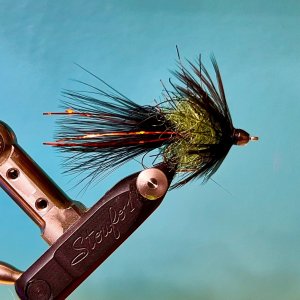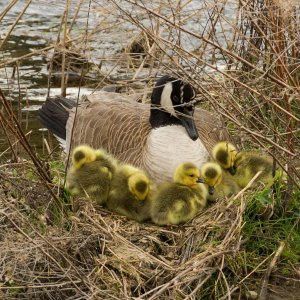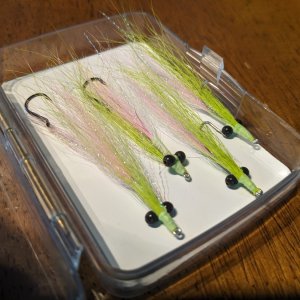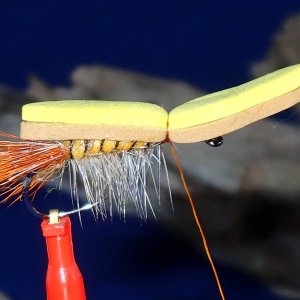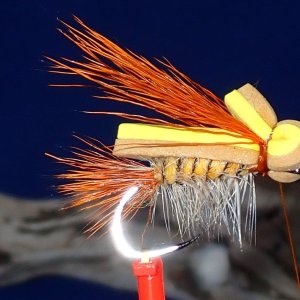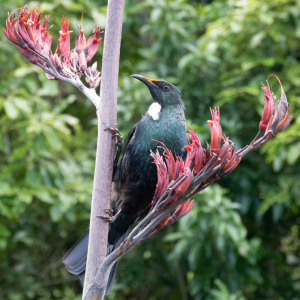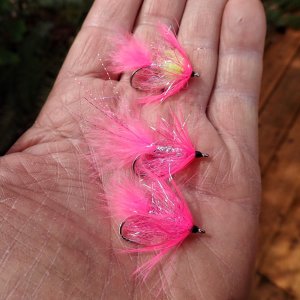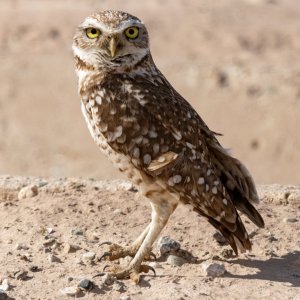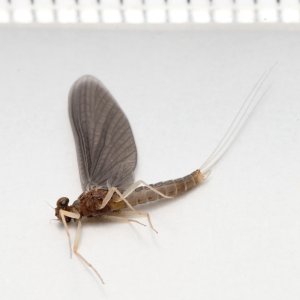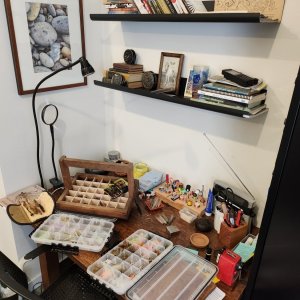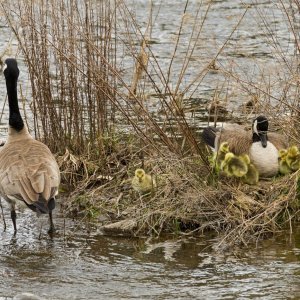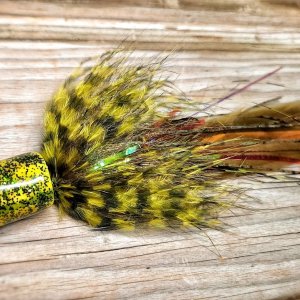I've long wondered why the brown trout distribution in region 4 is lacking. There's plenty of lakes with no outlets, but yet very few lakes with browns. Sup with that? Anyway, I've been sending emails to region 4 office asking why that's the case and if they'd consider adding a few brown trout lakes to the mix. The responses are very generic, but I will at least give them credit for responding. Too, the responses don't indicate it's a $ thing or indicate any limiting factor. They just kind of state that it is the way it is.....
Throwing this out there, they may be more receptive to adding a few brown trout stocked lakes to the mix if they heard from a few more people.
Throwing this out there, they may be more receptive to adding a few brown trout stocked lakes to the mix if they heard from a few more people.

